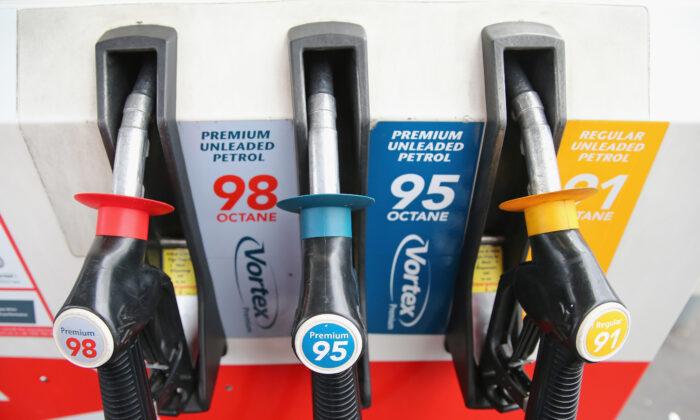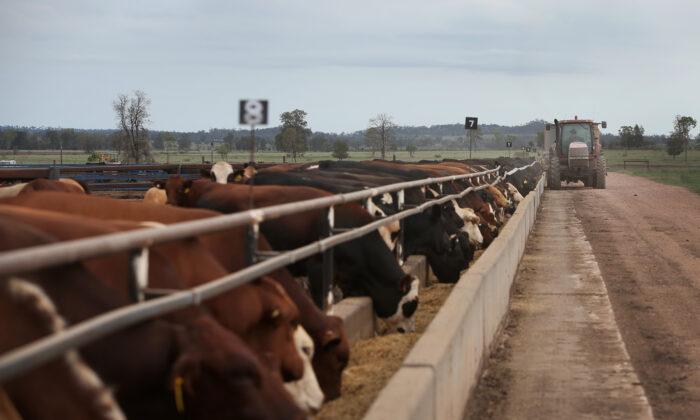Australian petrol prices are trending toward the record highs witnessed in March as the reduction in fuel excise introduced by the previous Coalition government has had little effect on the global price movement.
Among the jurisdictions, the state of Queensland saw the most significant change in the average petrol prices, while South Australia’s prices almost remained the same.
At the same time, the national metropolitan average prices jumped by 17.7 cents, and the regional Northern Territory’s prices still remained the highest in the country, standing at $2.26 a litre.
Commonwealth Securities chief economist Craig James said the price increase in the week ending May 22 was the third largest and was 13 cents lower than the record highs observed in March.
According to his estimate, the average petrol price already rose to $2.06 a litre as of May 23, an increase of 45.6 cents from recent lows.
“It is costing the average family $278.74 a month to fill up the car with petrol, an extra $57 a month compared with the start of the year,” James said.
The impact of rising fuel costs on Australian households was linked to some extent to consumer sentiment.
In addition, the confidence of consumers in their current financial situations dipped 2.8 percent, following a 4.4 percent decline in the previous week.
Similarly, Australians’ confidence in the current and future economic conditions also decreased by 0.5 percent.
The drop in confidence was most obvious among respondents servicing a home loan, plunging 14.7 percent in the previous three weeks.





